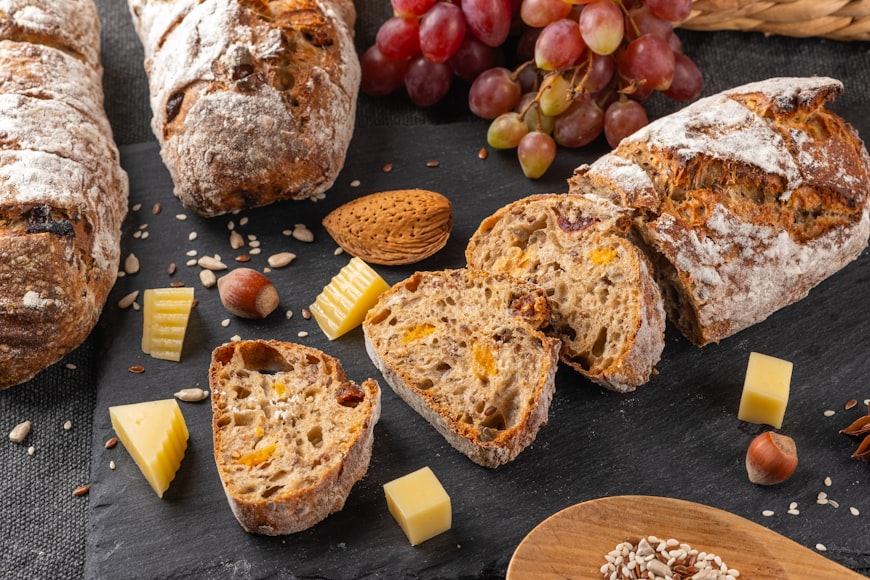Table of Contents
We’ve all been there – you’re rushing through breakfast, take a bite of your toast, and suddenly realize something’s not quite right. That’s when the panic sets in: you’ve accidentally ate moldy bread. Whether it’s a small spot you missed or a slice that looked fine but tasted off, accidentally consuming moldy bread can be alarming. But before you start imagining the worst, take a deep breath. While it’s certainly not ideal to have accidentally ate moldy bread, in most cases, it’s not a dire emergency either.
This guide will walk you through what happens when you accidentally ate moldy bread, what to watch out for, and most importantly, what to do next. From immediate steps to long-term considerations, we’ve got you covered for those times when you’ve accidentally ate moldy bread. So, let’s tackle this fuzzy situation head-on and turn that moment of panic after accidentally eating moldy bread into a lesson in food safety and health awareness.
Remember, many people have accidentally ate moldy bread before, and understanding how to handle it can help ease your worries.
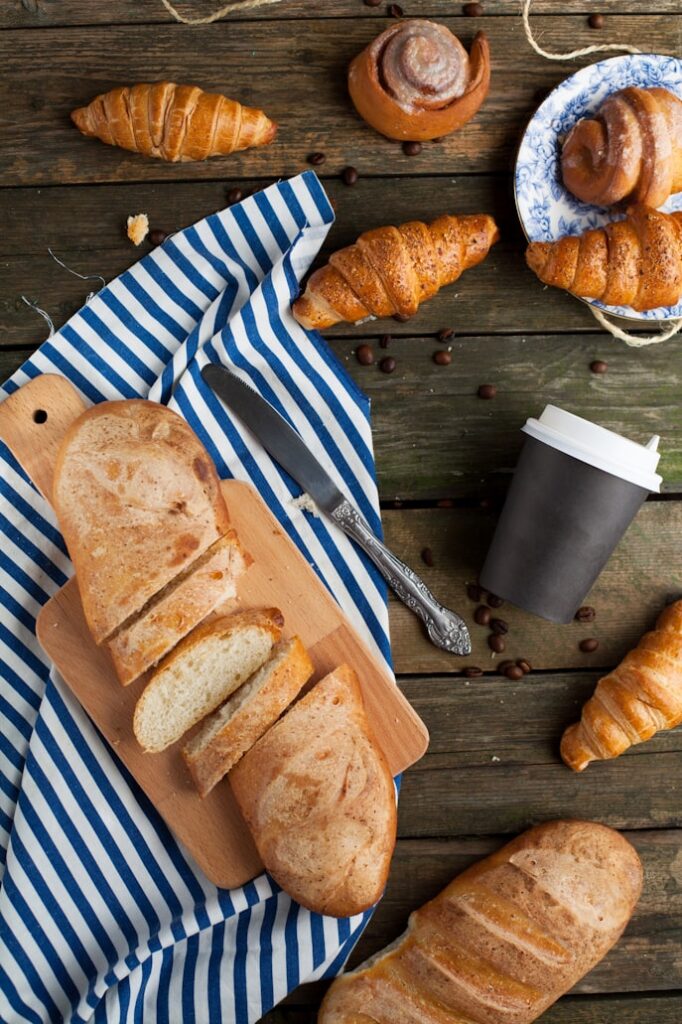
Understanding Mold on Bread
Types of mold commonly found on bread:
– Penicillium: Often appears as blue or green fuzzy spots- Aspergillus: Usually presents as dark green or black spots
– Rhizopus: Typically looks like black dots with a fuzzy texture, often called “bread mold”
– Fusarium: Can appear as pink, white, or reddish patches
Why bread becomes moldy
– Moisture content: Bread has high moisture content, making it an ideal environment for mold growth
– Nutrient-rich: Bread provides ample nutrients (carbohydrates, proteins) that mold needs to thrive
– Storage conditions: Warm, humid environments accelerate mold growth
– Contamination: Mold spores from the air or other surfaces can settle on bread
– Preservative-free bread: Artisanal or homemade breads without preservatives are more susceptible to mold
– Time: As bread ages, it becomes more prone to mold growth
Mold growth process
Mold spores are always present in the air. When these spores land on bread in favorable conditions, they begin to grow. The mold spreads by extending thread-like structures (hyphae) into the bread. Visible mold is actually just the surface manifestation of a larger network within the bread. It’s important to note that by the time mold is visible on the surface, it has likely spread throughout the entire loaf, even if not apparent to the naked eye. This is why it’s generally recommended to discard the entire loaf if any mold is found, rather than just removing the visibly affected portion.
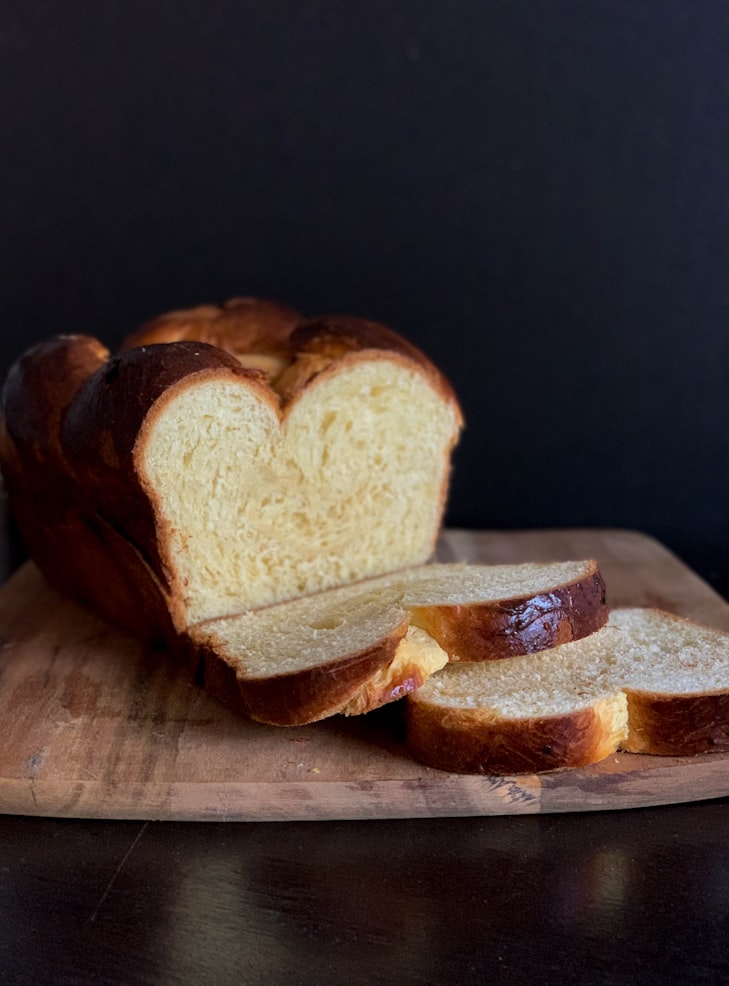
Potential Health Risks
Common symptoms of eating moldy bread:
– Nausea and vomiting
– Diarrhea
– Stomach cramps
– Headaches
– Fever (in some cases)
If you’ve eaten moldy bread and experience these symptoms, it’s important to stay hydrated and monitor your condition closely.
Differences in risk for healthy individuals vs. those with allergies or compromised immune systems:
For healthy individuals
Generally, consuming a small amount of moldy bread isn’t likely to cause severe health issues- The body’s immune system and digestive processes can often handle the exposure- However, if you’ve eaten moldy bread, watch for any unusual symptoms and seek medical attention if they persist or worsen
For those with allergies or compromised immune systems
People with mold allergies may experience allergic reactions, including:
– Sneezing
– Runny or stuffy nose
– Coughing
– Itchy eyes, nose, and throat
– In severe cases, difficulty breathing
– Individuals with compromised immune systems (e.g., those undergoing chemotherapy or with HIV/AIDS) are at higher risk for more serious complications.
These individuals should seek medical attention immediately if they’ve consumed moldy bread
Mycotoxins and their effects
Some molds produce toxic compounds called mycotoxins. Long-term exposure to mycotoxins can potentially lead to more serious health issues, including:
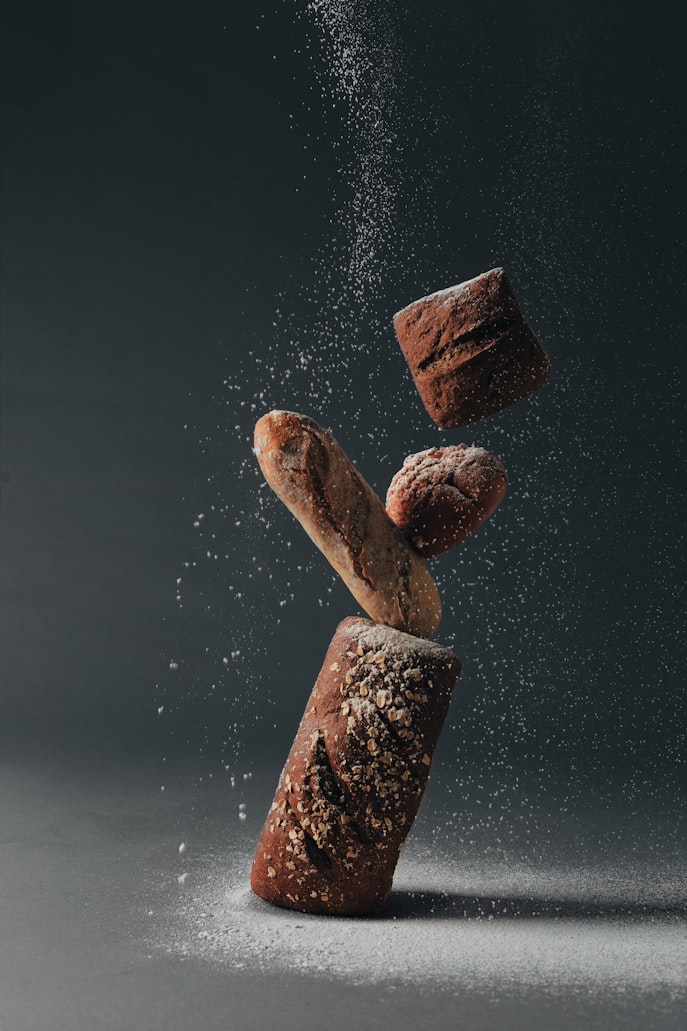
– Suppressed immune function
– Respiratory problems
– Digestive issues
– In rare cases, certain types of cancer
What to do if you’ve eaten moldy bread
1. Don’t panic – in most cases, accidentally consuming a small amount won’t cause severe harm
2. Drink plenty of water to help flush your system
3. Pay attention to any emerging symptoms
4. If you’re in a high-risk group or experience persistent symptoms, contact your healthcare provider
5. Dispose of the remaining moldy bread properly to prevent further exposure
Remember, while it’s important to be aware of the potential risks, most healthy individuals who accidentally consume a small amount of moldy bread will not experience significant health issues. However, it’s always better to err on the side of caution and avoid eating visibly moldy food.
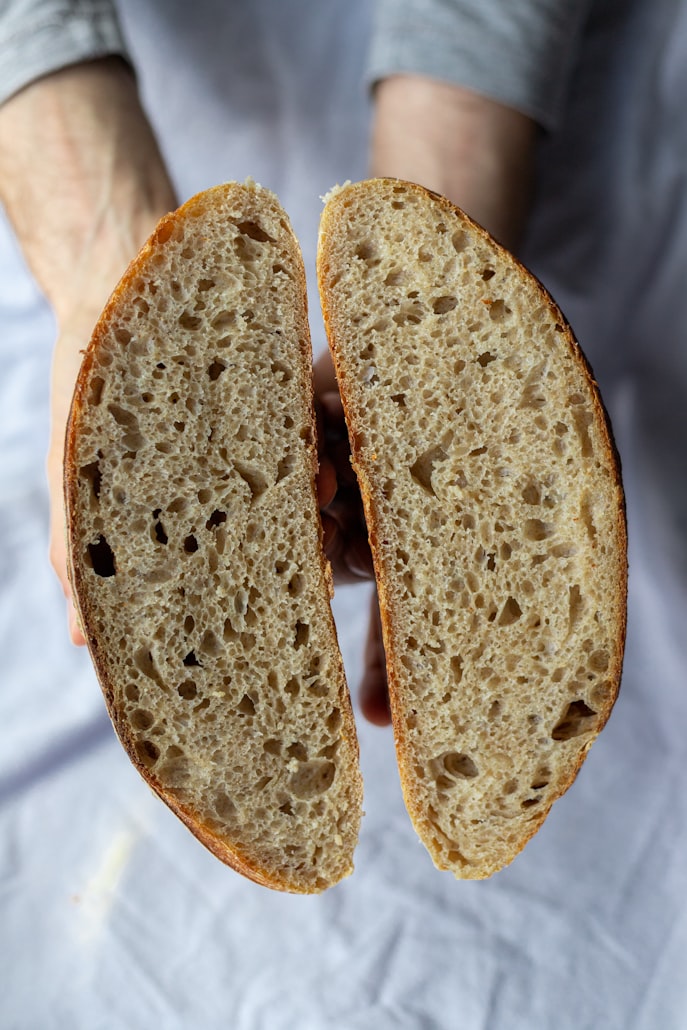
Immediate Steps to Take
If you’ve eaten moldy bread, take these immediate steps:
- Determine if you noticed any visible mold before or during consumption
- Consider how long ago you ate the bread
- Drinking water to rinse your mouth: Immediately drink a glass of water to rinse your mouth and throat. This can help wash away any remaining mold spores. Avoid using mouthwash, as it may irritate your throat if you’ve ingested mold.
- Monitoring for immediate reactions: Pay close attention to your body for the next few hours. Watch for symptoms like nausea, vomiting, or diarrhea.
- Be alert for signs of an allergic reaction, such as itching or difficulty breathing
Additional steps to take
1. Spit out any remaining bread in your mouth
2. If possible, induce vomiting only if instructed by a poison control center or medical professional
3. Do not attempt to ‘neutralize’ the mold with any home remedies or over-the-counter medications without professional advice
4. Note the type of bread and where it was purchased
5. Take note of the time when you ate the moldy bread, and when you first noticed symptoms (if any).
6. Take a photo of the moldy bread if any remains, which could be useful for medical professionals.
Contacting relevant authorities: If the bread was recently purchased and moldy, consider reporting it to the store or manufacturer. In cases of severe reactions, contact your local food safety authority to report the incident.
Remember, while these steps are important, most cases of accidentally eating moldy bread don’t result in severe health issues for healthy individuals. However, if you’re concerned or experience persistent symptoms, don’t hesitate to seek medical advice.
By following these steps, you’re taking proactive measures to address the situation of having eaten moldy bread and minimize potential health risks.
When to Seek Medical Attention
If you’ve eaten moldy bread, it’s important to know when professional medical help is necessary. While most cases don’t require immediate medical attention, certain situations warrant a doctor’s visit.
Red flag symptoms to watch for
- Persistent vomiting or diarrhea.
- High fever (above 101°F or 38.3°C).
- Severe abdominal pain.
- Difficulty breathing or shortness of breath.
- Dizziness or fainting.
- Rapid heart rate.
- Signs of dehydration (dry mouth, decreased urination, dark urine).
- Visible swelling of the face, tongue, or throat
If you experience any of these symptoms after eating moldy bread, seek medical attention promptly.
High-risk groups who should consult a doctor
- People with known mold allergies
- Individuals with compromised immune systems (e.g., those with HIV/AIDS, undergoing chemotherapy, or taking immunosuppressant medications)
- Pregnant women
- Young children and elderly individuals
- People with chronic respiratory conditions like asthma or COPD
- If you belong to any of these groups and have eaten moldy bread, it’s advisable to consult your healthcare provider, even if you’re not experiencing severe symptoms.
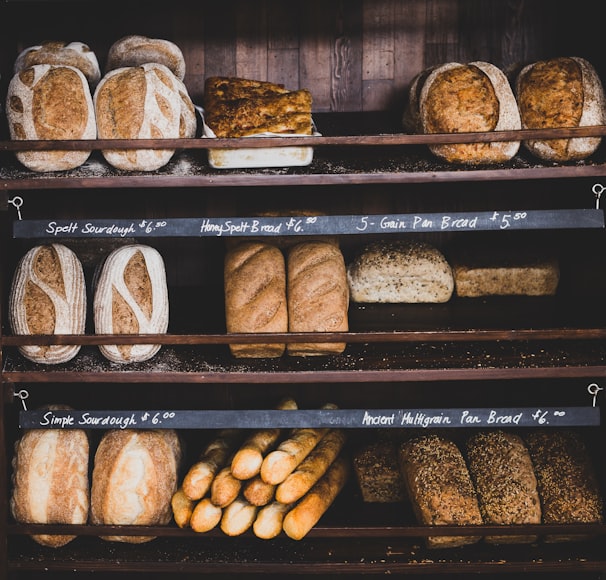
Long-term Effects and Misconceptions
Debunking myths about eating moldy bread
Myth 1:
“If you cut off the moldy part, the rest is safe to eat.”
Truth: Mold can penetrate deep into the bread. It’s best to discard the entire loaf if you see any mold.
Myth 2:
“Toasting moldy bread kills the mold and makes it safe.”
Truth: While heat can kill mold, it doesn’t eliminate toxins already produced. If you’ve eaten moldy bread, toasting it won’t undo potential harm.
Myth 3:
“A little mold won’t hurt you.”
Truth: While small amounts may not cause immediate harm to healthy individuals, it’s still risky. If you’ve eaten moldy bread, even a small amount, it’s wise to monitor for symptoms.
Potential long-term health impacts
While most cases of accidentally eating moldy bread don’t lead to long-term health issues, repeated exposure to mold toxins can potentially cause:
- Chronic fatigue
- Recurring headaches
- Persistent digestive issues
- Weakened immune system
- Respiratory problems
What to do if you’re concerned about long-term effects after eating moldy bread
- Keep a health journal: Note any recurring symptoms or changes in your overall health.
- Consult your healthcare provider: Discuss your concerns and the incident of eating moldy bread.
- Consider allergy testing: If you experience frequent reactions, you might have developed a mold allergy.
- Improve your diet: Boost your immune system with a balanced diet rich in vitamins and antioxidants.
- Be vigilant about food safety
Preventing Future Incidents
Proper bread storage techniques
- Store bread in a cool, dry place.
- Use a breadbox or paper bag instead of plastic to reduce moisture.
- Refrigerate bread if you can’t consume it quickly, though this may affect texture.
- Freeze portions for long-term storage
How to identify mold before consumption
- Inspect bread thoroughly before eating
- Look for discolored spots, especially green, blue, grey, or black
- Check for fuzzy growths or unusual textures
- Be aware that mold can sometimes be white and blend with bread color
- Note any musty or off odors
Additional prevention tips
- Purchase smaller quantities of bread to use within a few days.
- Check expiration dates before buying.
- Wash hands before handling bread to prevent introducing new spores.
- Keep your bread storage area clean and dry.
By following these guidelines, you can significantly reduce the risk of accidentally eating moldy bread in the future.
Remember, when in doubt about bread’s freshness, it’s safer to discard it than risk consuming mold.
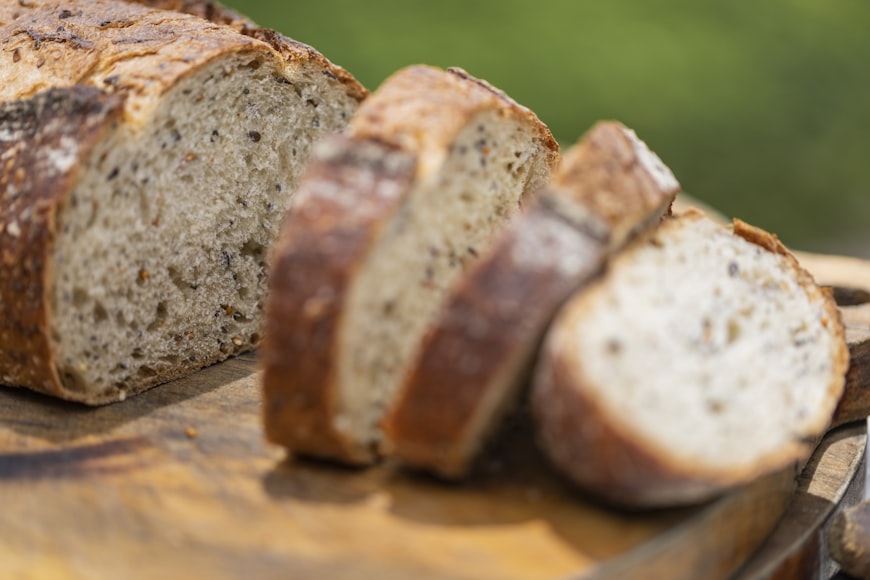
Safe Disposal of Moldy Bread
Proper handling and disposal methods
- Seal the moldy bread in a plastic bag before discarding
- If possible, tie the bag tightly to prevent spores from spreading
- Dispose of the bag in an outdoor trash bin to minimize indoor contamination
- Wash your hands thoroughly after handling moldy bread.
- If you’ve accidentally eaten moldy bread, these disposal steps are still important for the remaining bread to prevent further exposure or spread of mold spores in your home.
Cleaning affected areas to prevent mold spread:
- Clean all surfaces that came into contact with the moldy bread
- Use hot, soapy water or a diluted bleach solution (1 cup bleach per gallon of water)
- Pay special attention to cutting boards, countertops, and storage areas
- Wash any utensils or containers that touched the moldy bread
- Consider using a HEPA air purifier to remove airborne spores
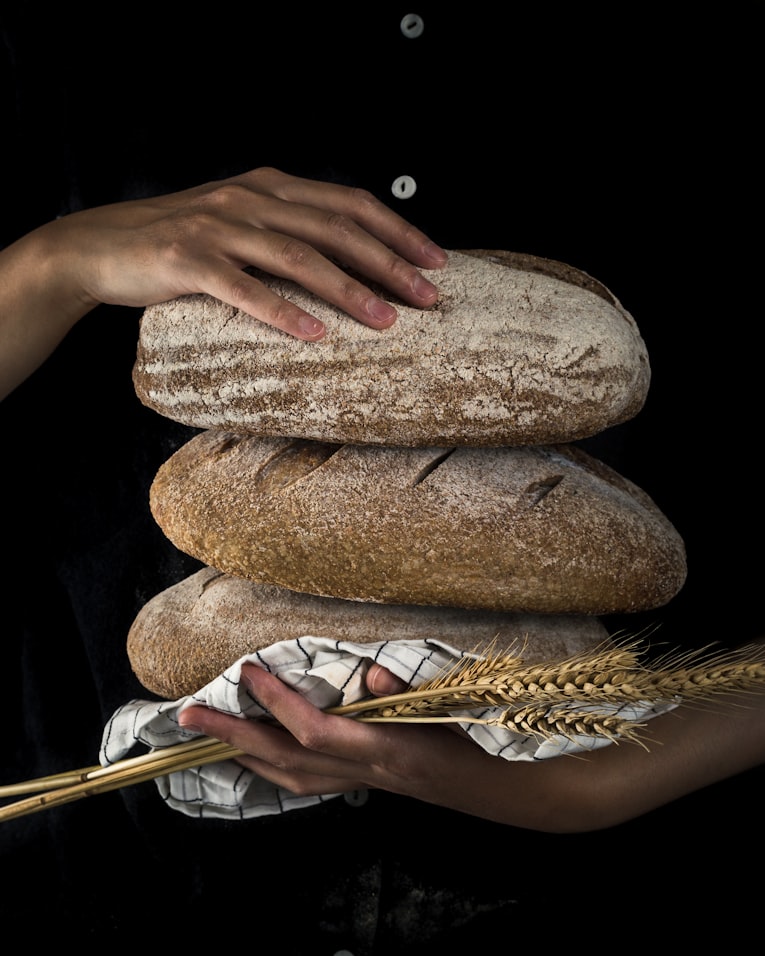
Additional precautions
- Inspect other nearby food items for signs of mold
- Check and clean your bread storage area thoroughly
- Consider replacing sponges or cloths used to clean moldy areas
Remember, if you’ve eaten moldy bread, proper disposal and cleaning are crucial steps to prevent reoccurrence and potential health risks. By following these guidelines, you’re not only addressing the immediate issue but also safeguarding against future incidents.
Lastly, use this experience as a reminder to regularly check and clean your food storage areas. Maintaining a clean environment is key in preventing mold growth and reducing the risk of accidentally consuming moldy bread in the future.

